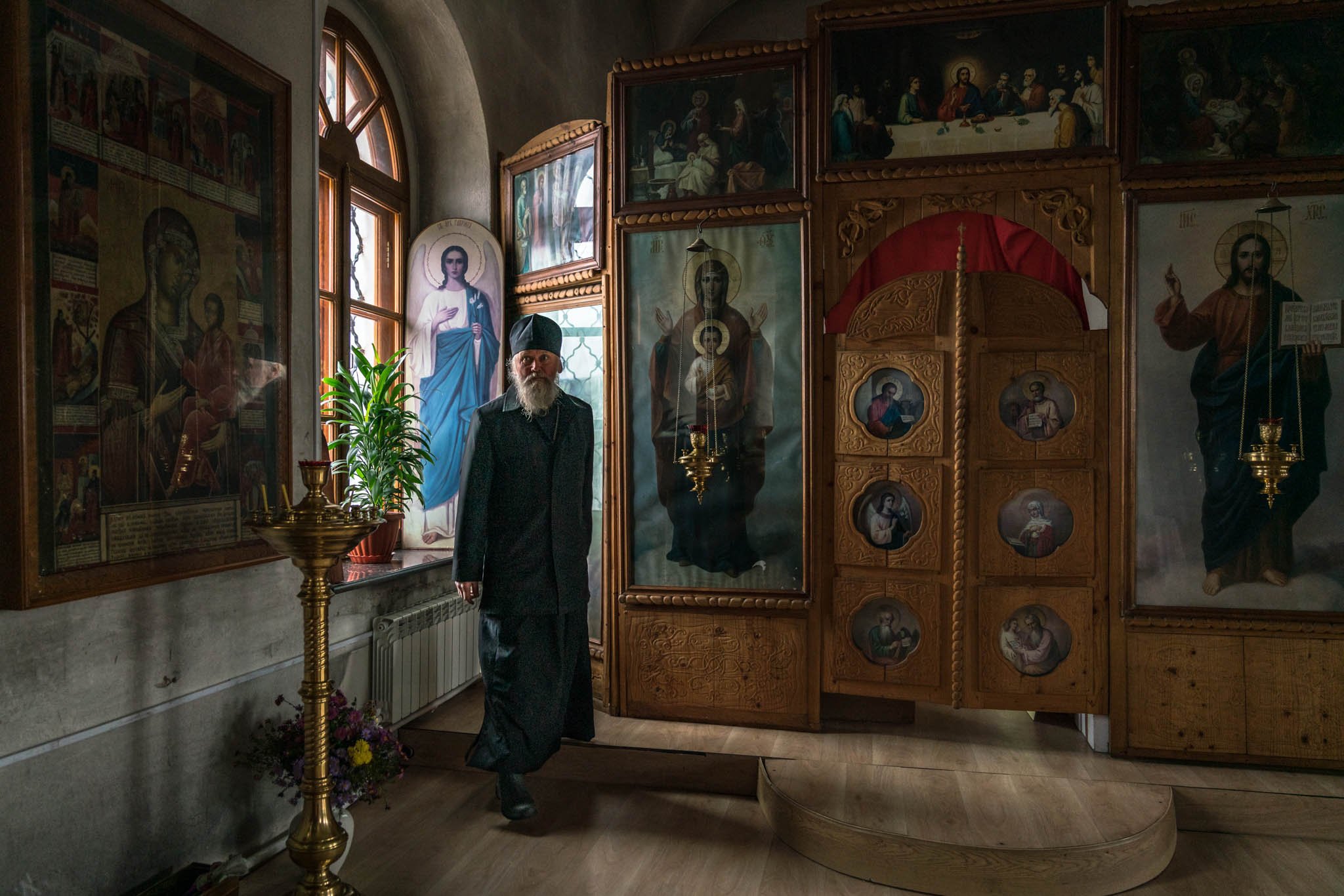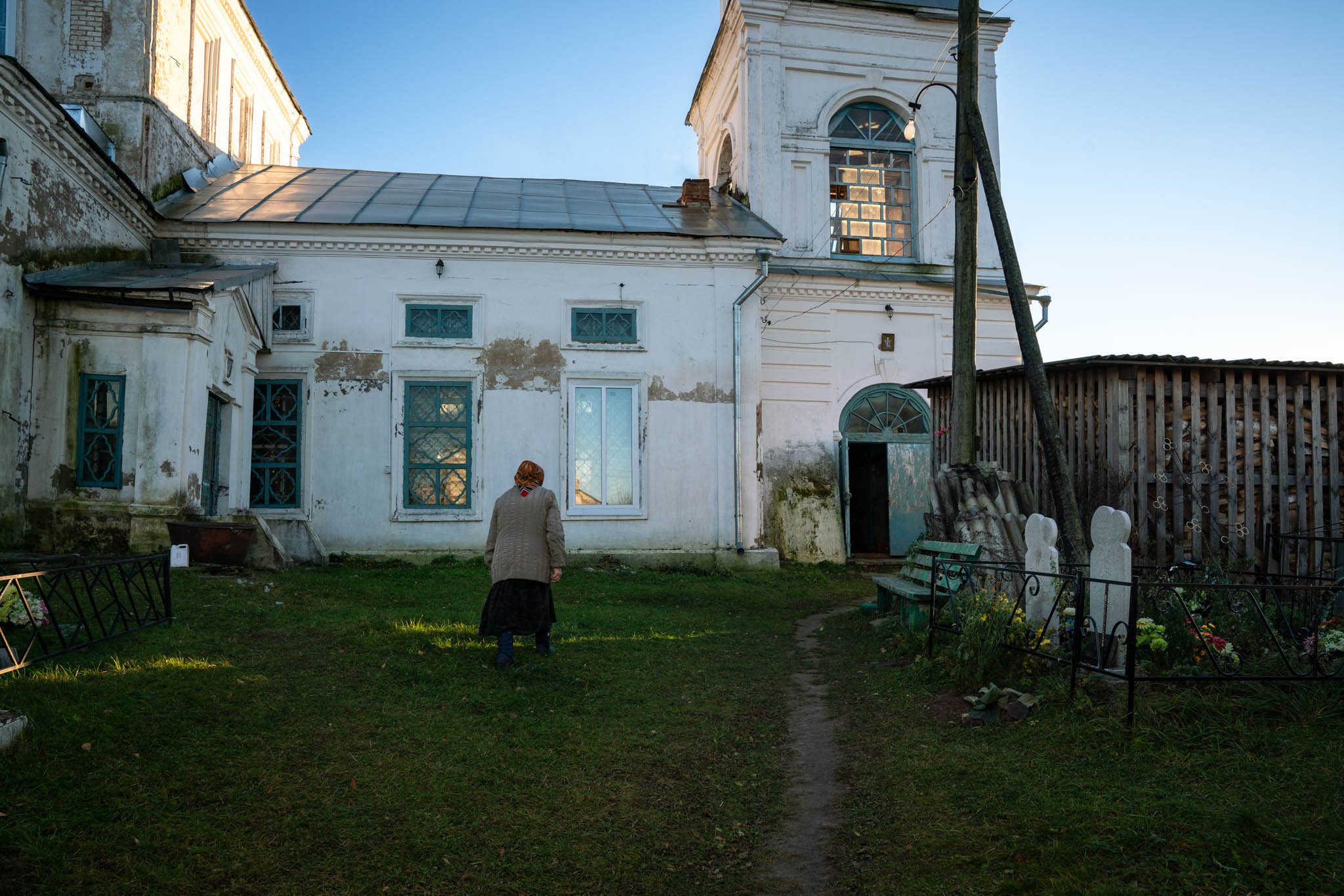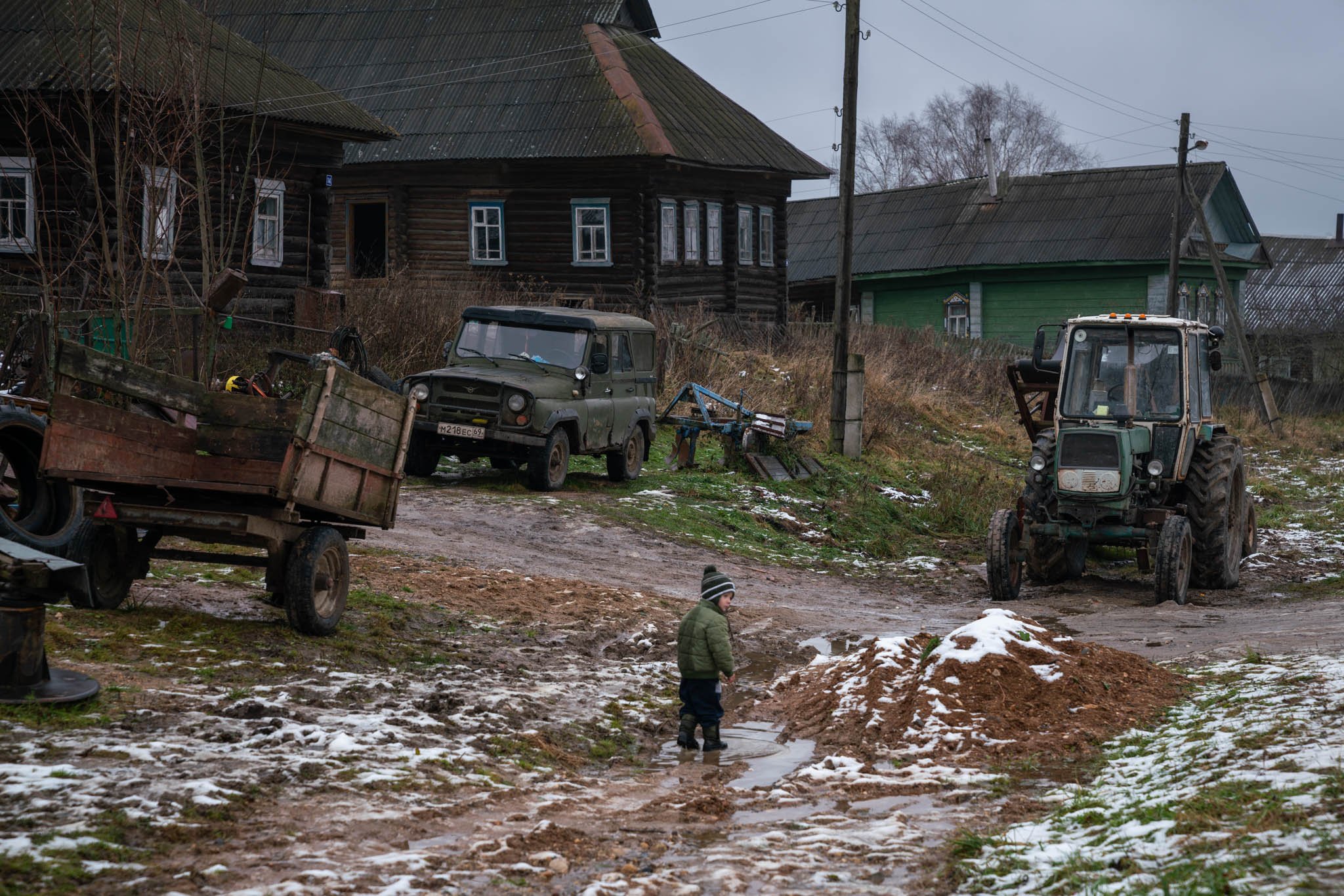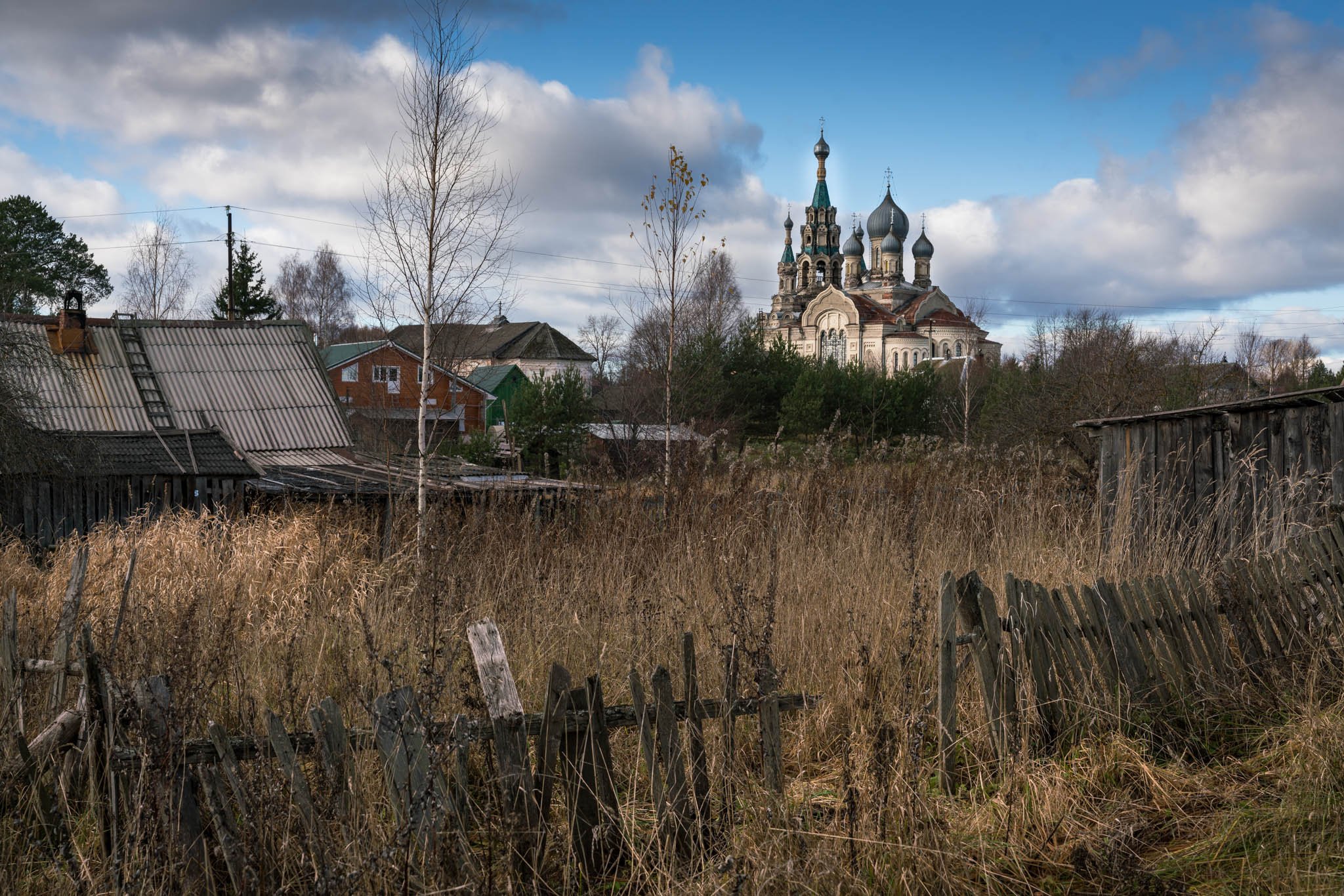The Real Russia by Anne Launcelott

“To travel is to discover that everyone is wrong about other countries.” – British author Aldous Huxley (1884-1963)
I am an avid reader and in my early teens I read Anna Karenina by Leo Tolstoy. I was so captivated by the story and the romantic picture it painted in my mind of Russia that I have had a desire ever since to visit that country. In October of 2018, that desire came to fruition when I was invited to exhibit 60 photos for a solo show at Krista Gallery in Rybinsk, Yaroslavl Oblast, which ran from October 25th to November 24th.
I touched down in Moscow several days before the Opening and wanted to explore the capital city, but my host was anxious for me to experience the “real “ Russia.
After the exhibit Opening, I was driven to rural communities so that I could get a sense for what life is like for the majority of Russian people. Russia is a very poor country, the people are resilient, hard- working, love to sing and read poetry after a hard day’s work over a few glasses of whiskey, are very religious, and friendly and welcoming to strangers. The romantic idea I had of Russia soon vanished as I documented rural life.
Rural life in Russia has undergone significant transformations since the Soviet era. During the Soviet period, rural areas were dominated by collective and state farms that provided employment, housing, healthcare, and education. With the collapse of the Soviet Union, these structures were dismantled, leading to a shift towards private farming, which meant that the residents became more independent and self-reliant.
The rural population has decreased significantly due to migration to urban areas, especially by the youth, driven by the search for better economic opportunities. This has led to mainly an aging population, and when this generation dies, so too will many of these small, quaint villages. The architecture of the rural homes is very charming, but many lie abandoned and left to decay. Economically, rural areas have struggled with the transition to a market economy now that the large-scale state financing that supported Soviet agriculture is no longer available.
The Soviet Union aimed to eliminate religion, establishing state atheism as an ideology. The communist regime targeted religious institutions, destroying places of worship and plundering their wealth. Despite these efforts, religious beliefs persisted among the population, albeit often in private or underground settings. After the collapse of the Soviet Union in 1991, there was a resurgence in religious affiliation and practice.
The people are now free to openly worship and renovate the churches that were plundered and left to rot because the liturgy of the church is deeply embedded in their way of life and indispensable for their sense of meaning and community. Despite the poverty, the Russian Orthodox Churches in these small rural communities are being brought back to their former glory and they dominate the villages, their wealth in stark contrast to the poverty around them.
I am forever grateful to the gallery owner, my host, for the honour of his invitation to exhibit my photography in Krista Gallery, being the only female to date to exhibit there, and for showing me how the real Russians live. It is a far cry from the bustling, richness of the large cities and my romantic view of Russia.

















































